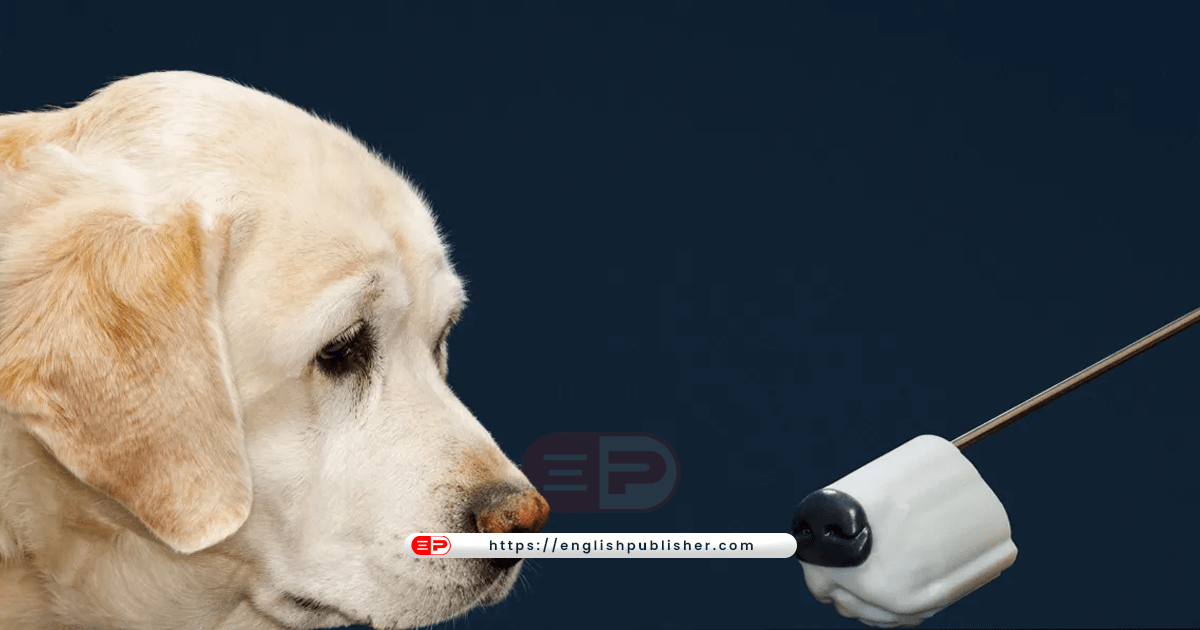The human nose and its ability to smell is indeed an extraordinary thing.
Each nose has about 400 olfactory receptors capable of detecting a trillion different odors.
Transforming this excellent skill into a scientific instrument is certainly a daunting challenge. However, recent innovations in artificial intelligence are increasing the speed and accuracy of the latest electronic noses. They are equipped with advanced sensors that can also tell about a specific smell.
Proponents of these electronic noses say it will revolutionize the food safety landscape.
Common but deadly bacteria in food include Salmonella and E. coli. “Both of these bacteria have their own ‘electronic personality,'” says Professor Raz Jelinek, co-developer of the electronic nose (e-nose) Sensify. There is also a signal.’
These electronic noses, made by an Israeli company, have electrodes coated with carbon nanoparticles. They are able to smell volatile organic compounds (VOCs) released by bacteria.
Different types of these bacteria have different VOC fingerprints and consequently show different electrical signals on the Sensify machine. These are then stored in a different artificial intelligence software system that feeds it into a database.
It is adding such results over time and then users are informed about it.
Sensify was launched earlier this year and the company claims it can lead the fight against infections in the food industry.
Food producers often have to send food samples to a laboratory for testing and then wait several days for the results, says the company’s chief executive Modi Peleed.
However, in comparison, Sensify’s electronic noses can also be performed onsite by food manufacturers, and results can be obtained in as little as an hour.
The company has not yet revealed the price of its machine, but it has confirmed that it will be sold at a ‘low price’. The company earns most of its profits through subscription fees.
“The testing system in the food industry has remained the same for the last 40 to 50 years,” says Peleed. Till now artificial intelligence has not affected the testing sector of this market.
Food poisoning is a major problem worldwide. In the United States alone, 48 million people, or one in six, are affected by foodborne illness each year. Among them, 128,000 have to be hospitalized while 3,000 people die.
In the UK, there are an estimated 2.4 million cases of food poisoning and 180 deaths each year.
“People think that meat, poultry and fish are the most common cause of this disease,” says Peleed. But if you look at the most influential things in the U.S. food industry over the past five to ten years, it’s salad dressing.
“The more the food industry is industrialized, the more disease-causing microbes will infect it.”
German company NTT Data Business Solutions has used coffee to train its electronic nose AI.
During one test, the technical representatives attached to it put enough powder near the AI sensors for three days. The artificial intelligence then had to tell whether it was good enough, bad (with ginger added to it) or not enough.
Adrian Kosters, the company’s innovation manager, says, “No smell is just a gas, it’s a combination of gases, and often there’s very little difference in smell.”
NTT’s sensors are fitted into a 3D-printed plastic model of the human nose. It’s training its AI with coffee and other food items to teach it what things should smell like when they’re fresh and in good condition, which the company says will “serve as a reference for any smell.” .’
The company’s idea is that their electronic nose will not only be able to smell disease-causing microbes, but also tell whether something is fresh or not.
This will make it easier for owners in supermarkets or cafes to know what to sell first, especially on items that do not have an expiry date.
Kosters further said that if the food industry knows the reference value of a smell, it will be easier to produce, store, harvest and process it.
Artificial intelligence experts, however, say that while advanced electronics are doing well, demand for them will not be high because food companies will back off after seeing their prices.
Vincent Peters, founder and chief designer of Inheritance AI, a US-based artificial intelligence research company, says, ‘If you’re thinking of installing small detectors from storage to delivery around the world, you’ve got to think about it. One has to keep in mind how this will affect the business model.
Will the business even be able to run if you try to install this technology in the system? Will supply chain management be willing to do this? Will the business get profit from it?’
But Jill Carlson of the Domino Data Lab in San Francisco, who specializes in artificial intelligence, says electronic noses will have to be fine-tuned depending on where they are installed. “This is a difficult task in an industry that is already reluctant to adopt new technologies,” he says.
However, this criticism did not discourage a few entrepreneurs. A New Zealand company called Sentian Bio says it has created ‘biosensors’ by copying the antennae of insects. Through this, the company has created proteins such as insect proteins and incorporated them into olfactory sensors.
Its sensors are “a thousand times more sensitive than a dog’s nose,” says Andrew Kralicek, the company’s chief technology officer and founder.
He further said, ‘We can use the technology based on this biosensor anywhere, in food, in controlling the quality of taste, in detecting the microbes that cause disease in food, in the diagnosis of disease. in assessment, for sustainable farming and also for environmental and health monitoring.’
